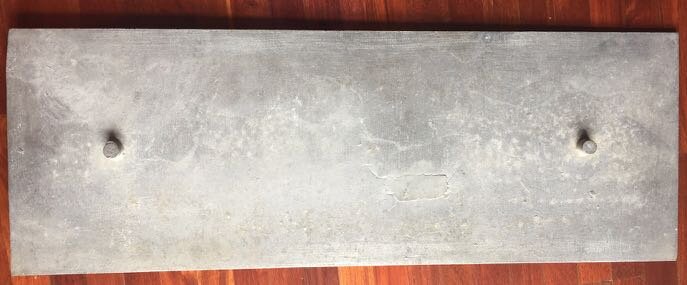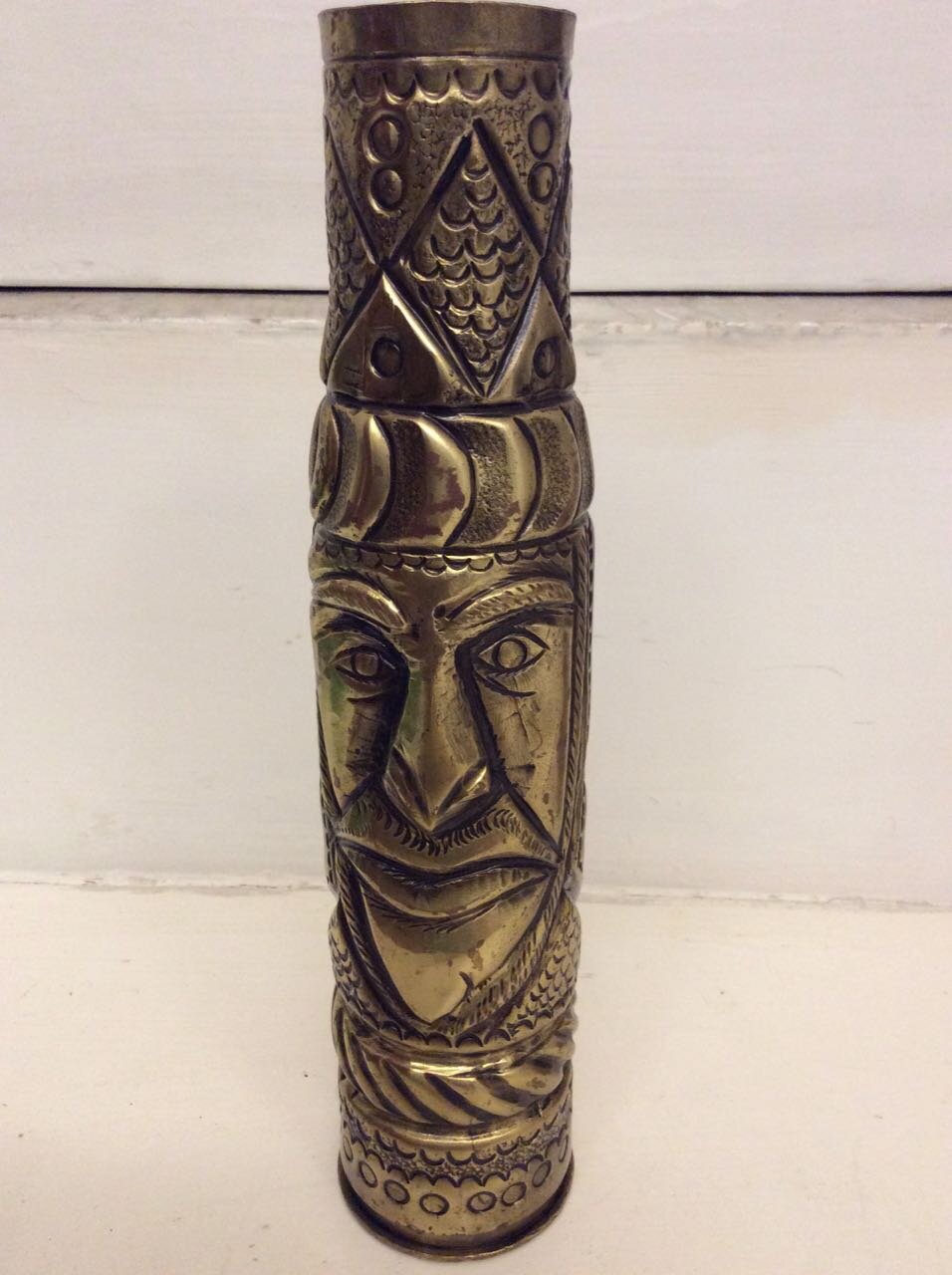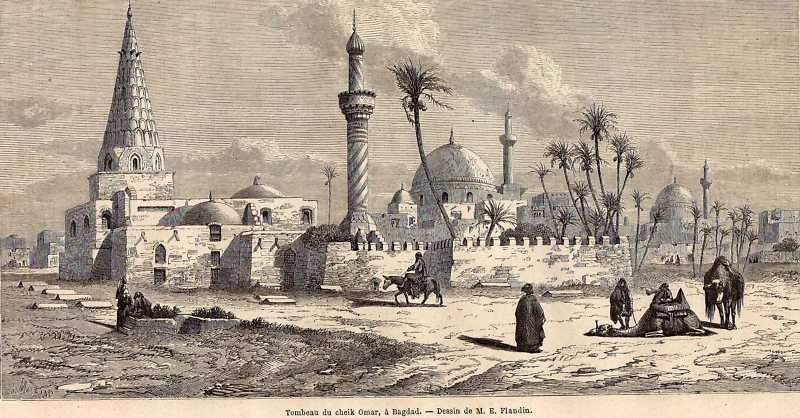He was not particularly interested in sport but was actively involved in a range of other school activities.
As the war progressed his exam results began to slide dramatically and in 1917 he left Felsted to join the Artists Rifles.
_____
Felsted School describes him in its Roll of Honour:
Kenneth Pearson was in house d from January 1915 (age 15) to July 1917 (age 18).
Date of birth 11 May 1899.
CV: Artists' Rifles. Died of wounds received in France, Aug 30 1918.
WW1: Died.
A quiet boy, handicapped in many ways by slight but permanent deafness, but entering with zest into all the details of our routine and enjoying them with infinite good temper, K H Pearson spent his two and a half years here from January 1915 to July 1917.
Then military service claimed him and he joined the Artists.
He had been in France 11 weeks with them when the Brigade played its part in the great advance. Four times in five days he 'went over the top' with them, and on August 29th was badly wounded in the head; unconscious, he was carried into the CCS, and there died next day.
He was the only son of H A Pearson Esq. of Redditch.
_____
After training in England, Kenneth Pearson went to France with the Artists in June 1918.
By August the Artists were part of the offensive that would eventually end the war – the ‘great advance’ mentioned in his school obituary. As part of that great advance, the Artists joined the attack on Thilloy near Bapaume to recapture it from the Germans.
I found three accounts of the attack on Thilloy from 21 to 30 August 1918 when Kenneth Pearson died: an obituary of a soldier in the Artists who was wounded on the same day; pages from the war diary of the Bedfords who fought alongside the Artists; and an extract from the New Zealand Medical Service describing the attack at Thilloy and its aftermath.
This is my understanding of what happened that week, based on those accounts.
_____
Early in the week there were heavy morning fogs. The Artists along with other regiments launched a frontal assault on the trenches around Thilloy, finding their way blind down a ravine and up a ridge on the other side. As the fog lifted, advance troops found themselves in open space - easy targets for the entrenched enemy. They were driven back by heavy machine gun fire and snipers firing from behind the ridge.
They were surprised by the level of resistance. Some German troops were taken prisoner with little resistance but others were fiercely defending their positions to allow their fellow soldiers to retreat.
Over the next few days the story was repeated. Assaults were launched only to falter under sustained resistance from machine gun fire and expert snipers, always with heavy casualties.
Kenneth Pearson ‘went over the top four times in five days’ as attacks were repulsed by machine gun fire. Many were killed and injured.
Kenneth Pearson was wounded on 27 August, the day the battle to reclaim Thilloy came to a climax. He suffered a gunshot wound to the head and was evacuated to the Casualty Clearing Station at Doullens.
He died there three days later on 30 August 1918.
_____
The New Zealand Medical Service adds a sad postscript to his story.
As the shelling subsided on the night of the 28th, a strange silence fell upon Bapaume - away to the eastward was seen the glare of burning dumps, and just before dawn our patrols penetrated the town to find it abandoned.
The German troops withdrew the day after Kenneth Pearson was mortally wounded.
In his book The Hawke Battalion, Douglas Jerrold writes of that week near Thilloy:
. . . it is justifiable to suggest that the idea of . . . isolated frontal attacks was itself an unwise one . . . two days later, the advanced posts, for which so much had been vainly sacrificed, fell without a shot being fired.
_____
Wilfred Owen – deeply affected by seeing his comrades killed in battle - wrote this poem in 1918.
Futility
Move him into the sun -
Gently its touch awoke him once,
At home, whispering of fields unsown.
Always it woke him, even in France,
Until this morning and this snow.
If anything might rouse him now
The kind old sun will know . . .
When he writes so poignantly ‘Move him into the sun . . . ’ I think of Kenneth Pearson, the quiet boy ‘of infinite good temper’ who fought for his country and died of his wounds at 19.





































